Sean Ellis: Street Photography That Combines Human Moments with Visual Aesthetic
Once in a while, we encounter creatives who set on a non-linear or unexpected path towards the disciplines they choose. Among them is Sean Ellis, whose street photography journey is marked by one artistic discovery after another.
When it became apparent that studying mining engineering wasn’t going to happen for Ellis, his salesman father helped him find work among his friends. He also started taking photos with Instamatic cameras then, but a few jobs later, he was able to buy an SLR and a couple of lenses. While traveling around the country with his father, he would take photos of the people and places they visited. This eventually gave him the idea that maybe he could become a photographer.
“So, I applied to a few colleges and was accepted by my favourite, which was an art college in Gloucester. It’s still one of the best in the country but now a university and in Cheltenham,” he recalls.
And so, fuelled by his art background, Ellis’ photography journey began, first as a still life photographer, then assisting photographers in London. A lucky break then led him to set up his own studio, and work with a design group for a number of interesting projects for brands like Carlsberg-Tetley (now Carlsberg UK), Gallaher, and Merlin Entertainments.
However, he regrets almost never taking photos beyond the four walls of his studio. It limited not only his exposure to the work of his contemporaries at the time, but also the creative techniques and approaches he could experiment with. Any personal work he did would be still lifes in the studio either for his own pleasure, to improve his portfolio, or to submit to Getty Images. More often than not, it would be for all three.
“At that time my exposure to other photographers’ work was largely from printed advertising on the street or in the press and magazines. With no digital technology then, if someone did something clever to enhance an aesthetic, it almost certainly would have been done in camera and it would intrigue me until I might or might not figure out how it had been achieved.”
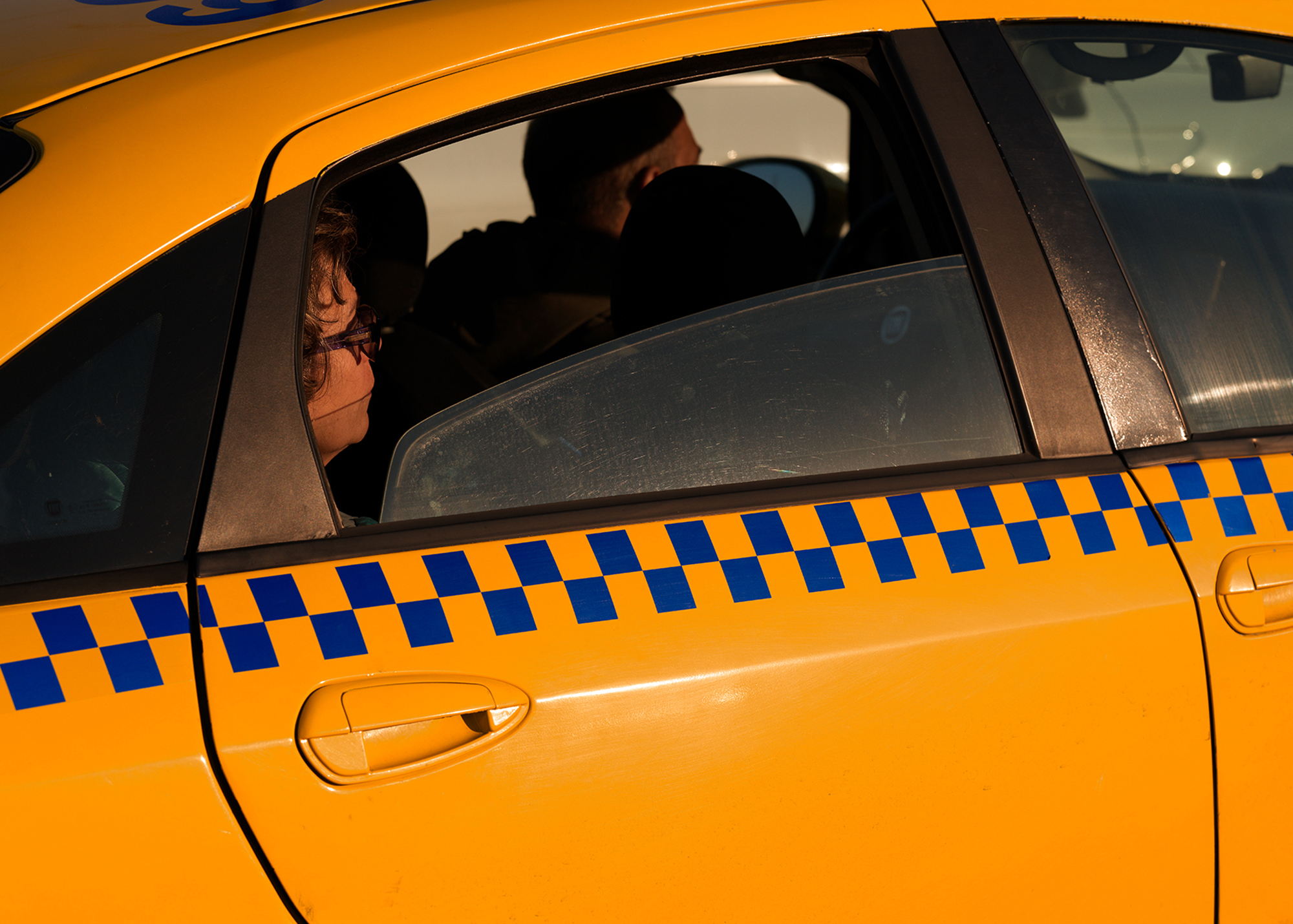
Copyright ⓒ Sean Ellis
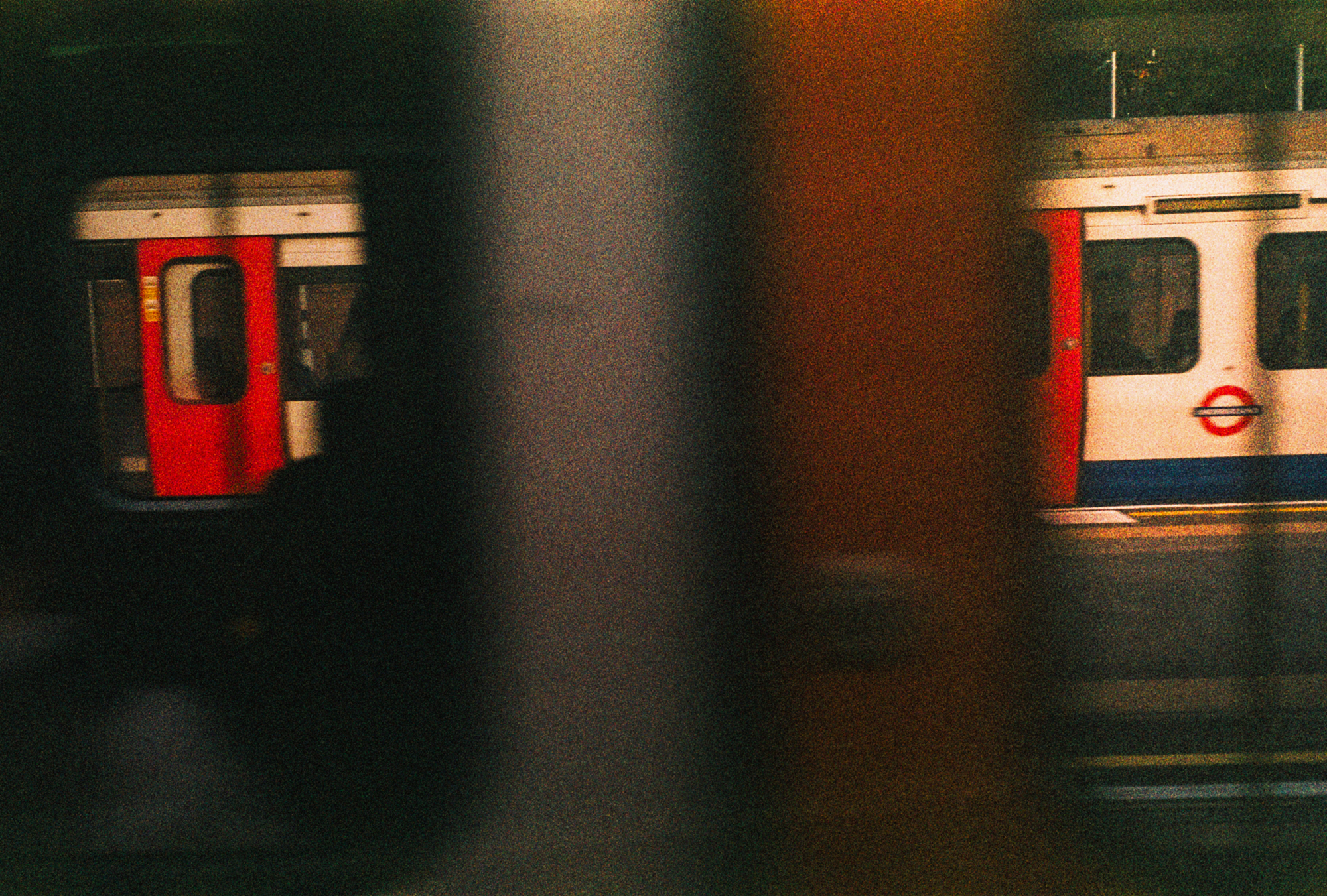
Copyright ⓒ Sean Ellis
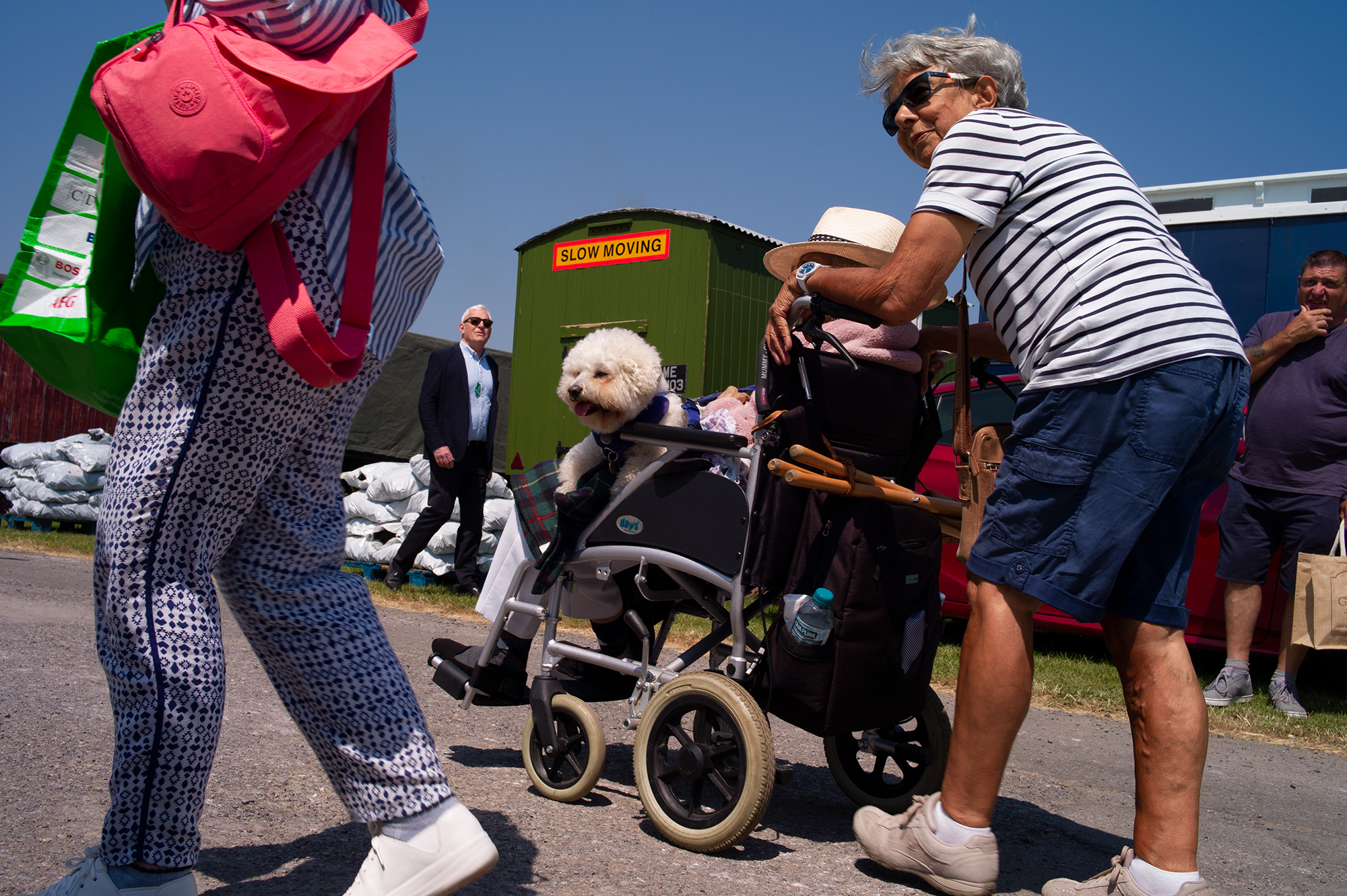
Copyright ⓒ Sean Ellis
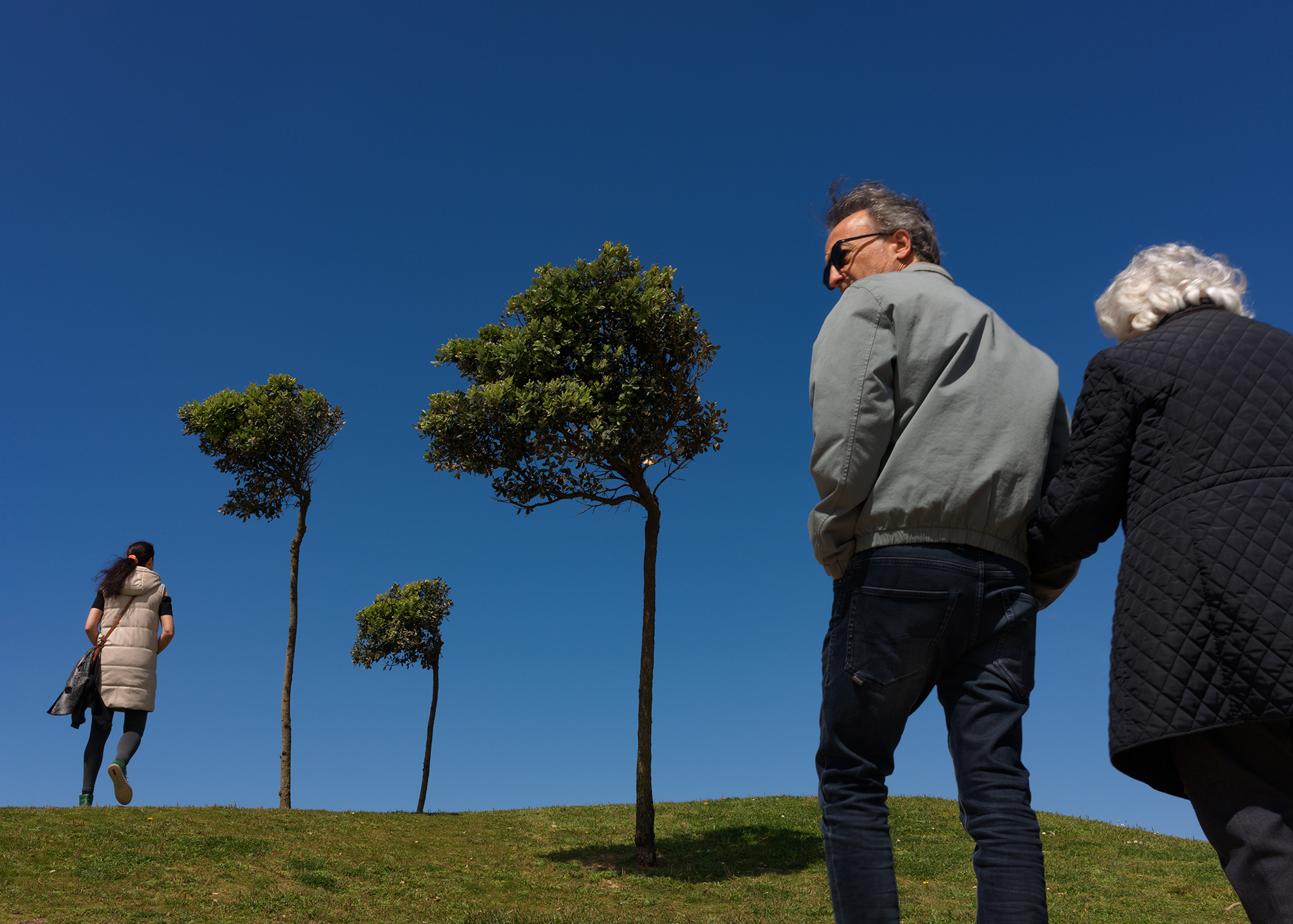
Copyright ⓒ Sean Ellis
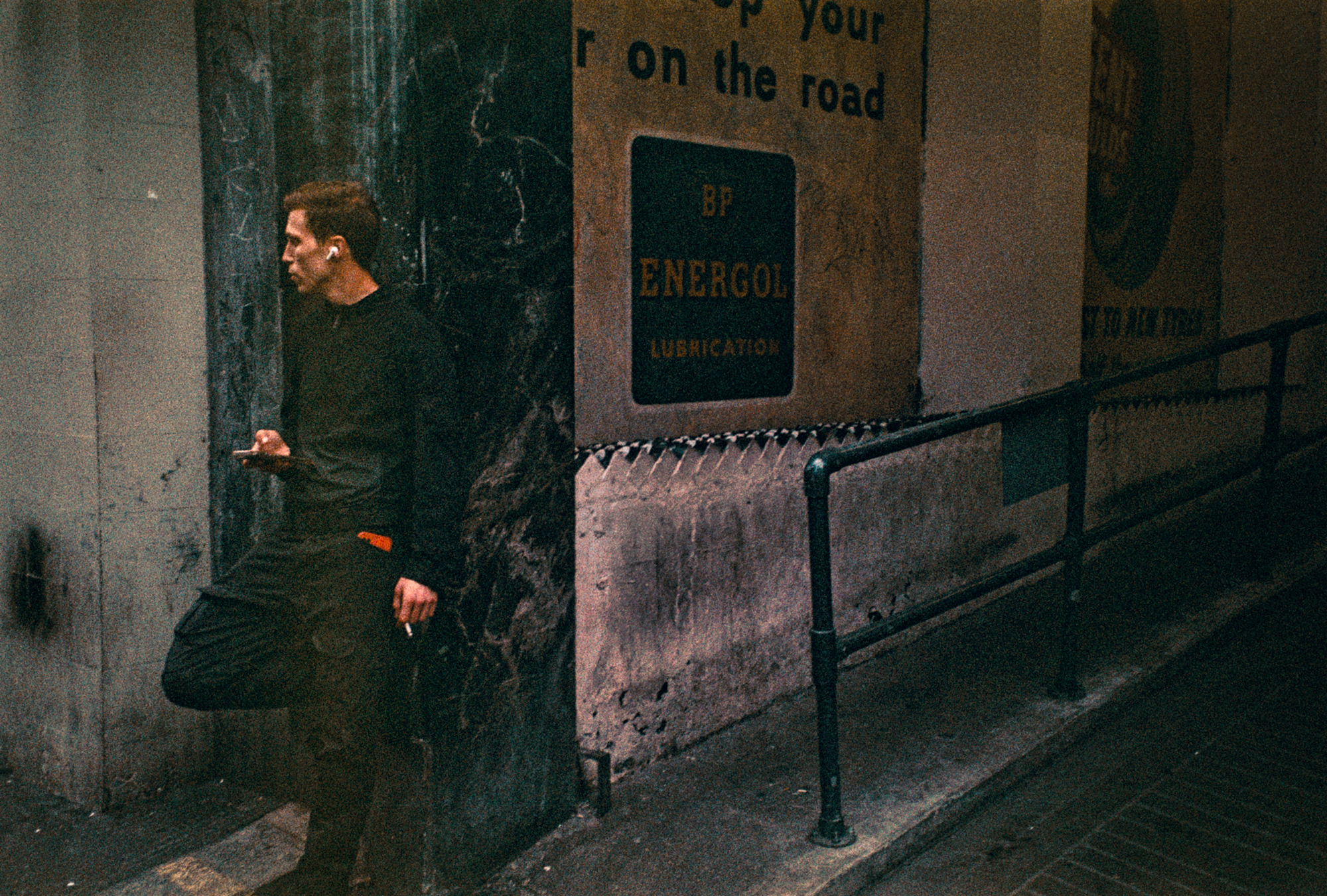
Copyright ⓒ Sean Ellis
A multi-disciplinary street photographer was born
By 2019, he began walking around unexplored places with a small digital camera, taking in the sights, sounds, and smells of London and documenting anything that caught his eye. It turned out to be the foundation of his foray into street photography, which would later be reinforced by a good friend’s interest in the genre.
“During the pandemic, a good friend of mine who had had an underlying interest in photography, bought a Ricoh GR2 and developed an insatiable appetite for taking pictures. His interest in street photography, fuelled by books, YouTube, Instagram and galleries, also gave me an appreciation for the genre. Slowly, I began to include people more and more in my pictures. I don’t think I’ll ever be able to get close the way Cal Holland does, but maybe I’ll become braver in time.”
In college, Ellis learned about photography masters such as Henri Cartier-Bresson, Dianne Arbus, Edward Weston, Don McCullin, Eve Arnold, Richard Avedon, and Elliot Erwitt. However, he knew nothing about street photography as a genre, and was unfamiliar with many other iconic photographers who became associated with it.
“My knowledge of the genre ’street photography’ was virtually non-existent. I knew nothing of Saul Leiter, Ernst Haas, Fred Herzog, Robert Doisneau, Rene Burri, and all the other incredible photographers that are too many to mention, including those walking our streets today,” he admits. “Street photography as a pastime is such a massive thing now and there are so many incredibly talented people out there who have caught the bug.”
Fast-forward to the present, Ellis doesn’t shoot with a “streetwise” camera like the GR2. In fact, the last 10 months have seen him mostly using a fully automatic film Instamatic camera. He bought it in the ‘90s to document behind the scenes at a client’s wedding, then picked it up again after getting inspired by the feel of Sean Lotman’s book Sunlanders. While he finds the freedom of this point and shoot camera to be an utter joy, he also admits that “the negatives are all over the place, not surprisingly as there is zero control and I’ve been buying out of date and unheard of film types.“
Unrelated as it may seem, Ellis still finds himself drawing from his background as a still life photographer as a major influence in his street photography. “When every single photograph you take is carefully composed and lit, it probably governs what I look for on the street. Yet, I rarely get it to work because making a good composition when your subjects are, more often than not, moving is hard.”
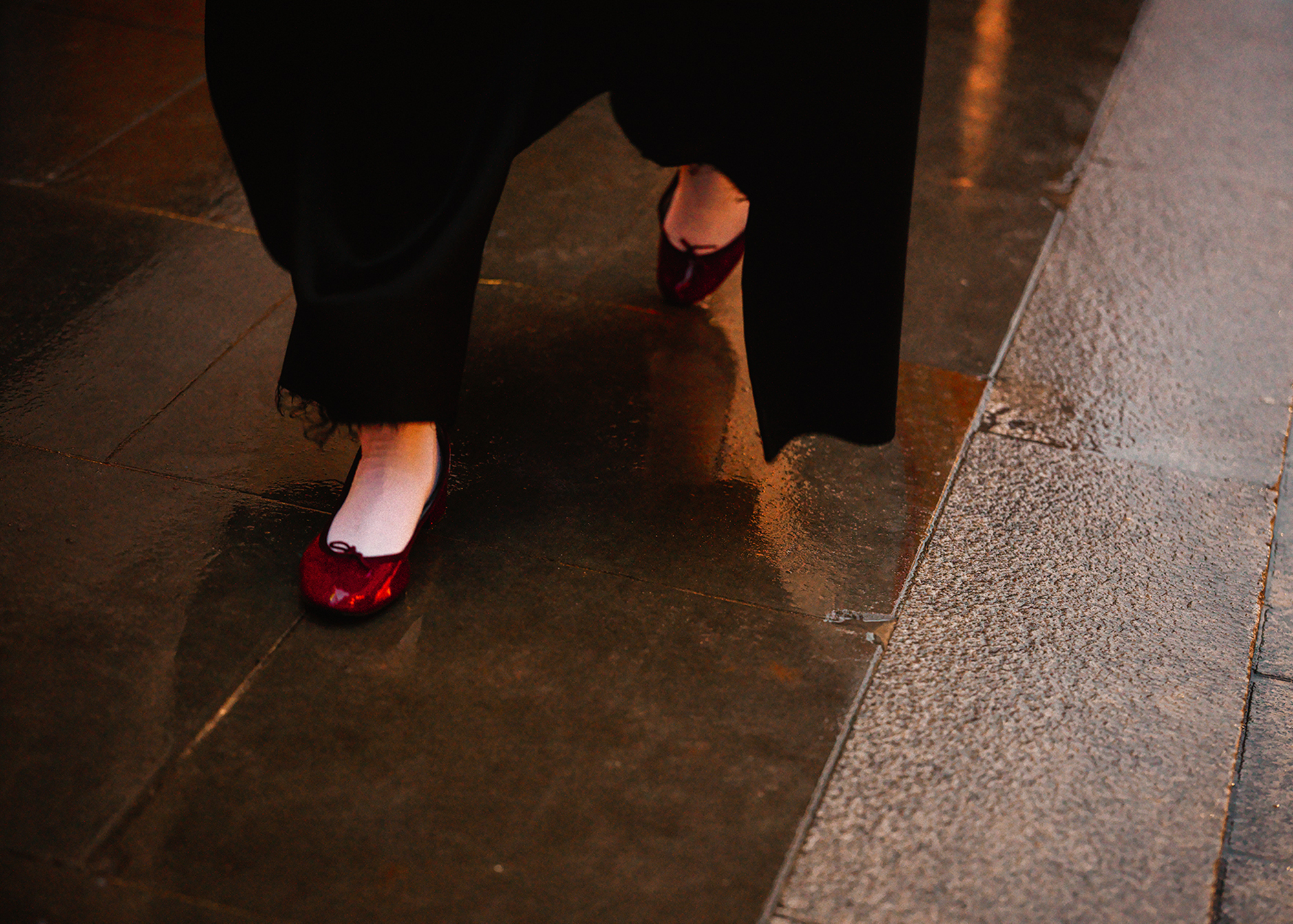
Copyright ⓒ Sean Ellis
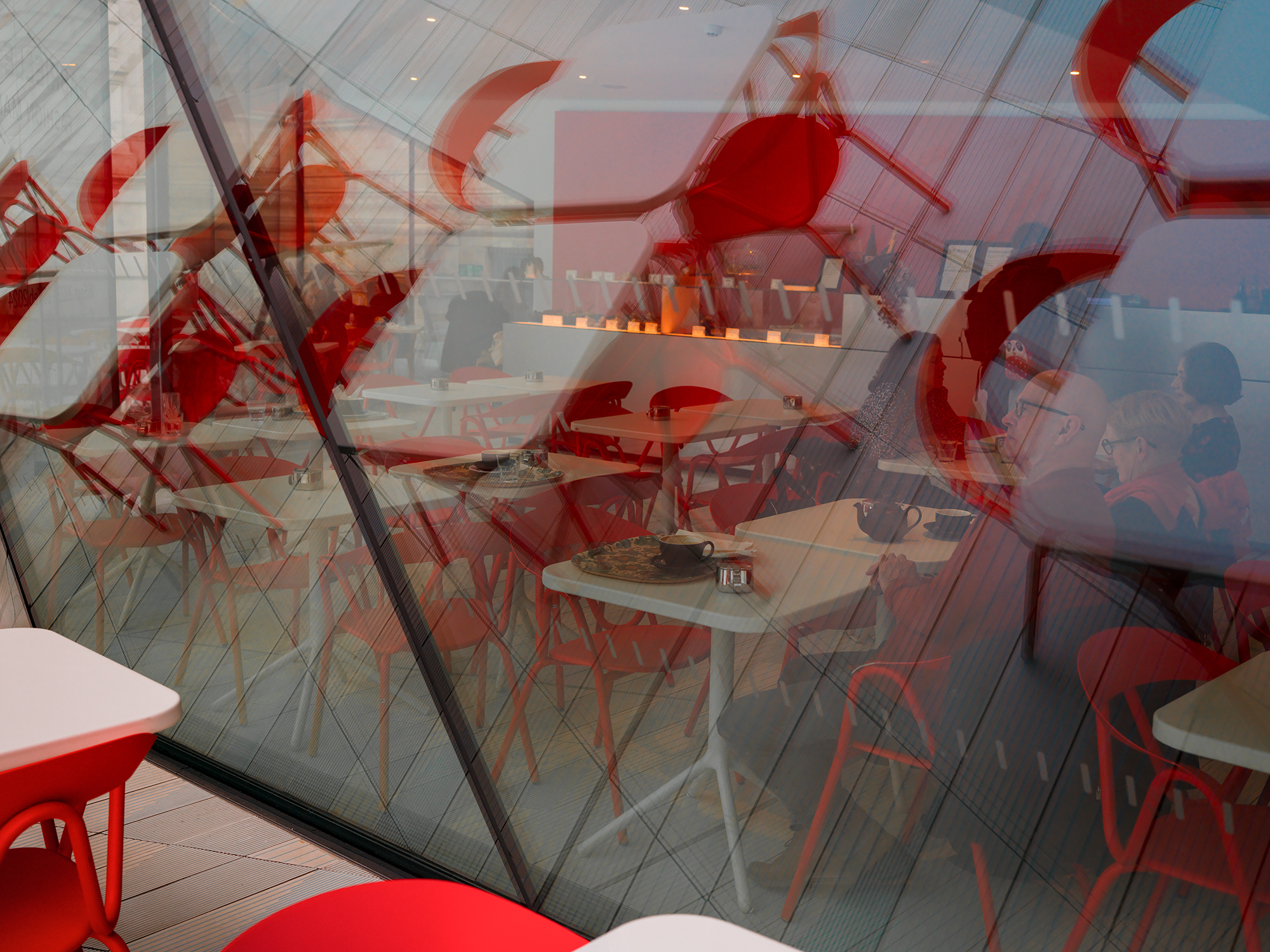
Copyright ⓒ Sean Ellis
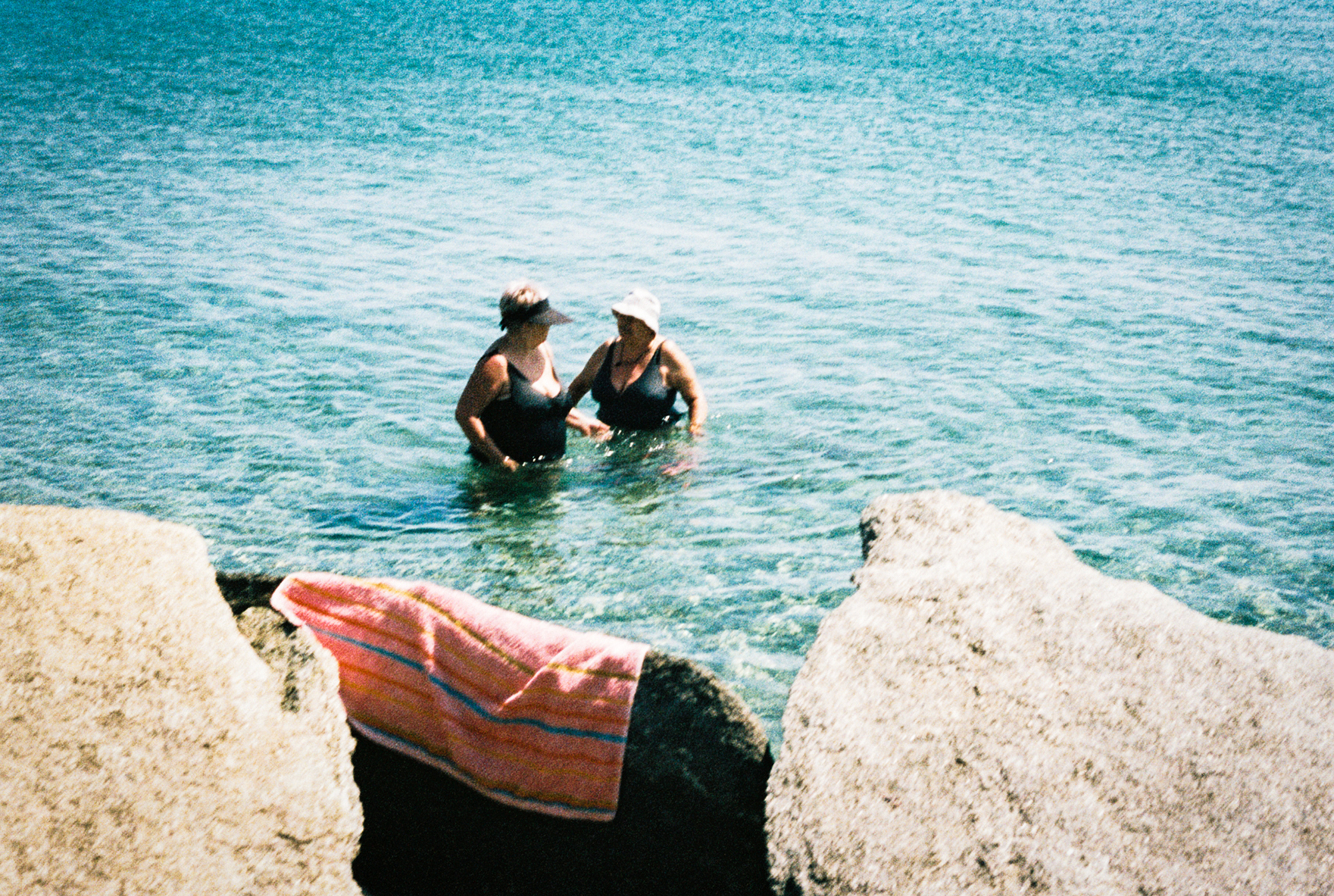
Copyright ⓒ Sean Ellis
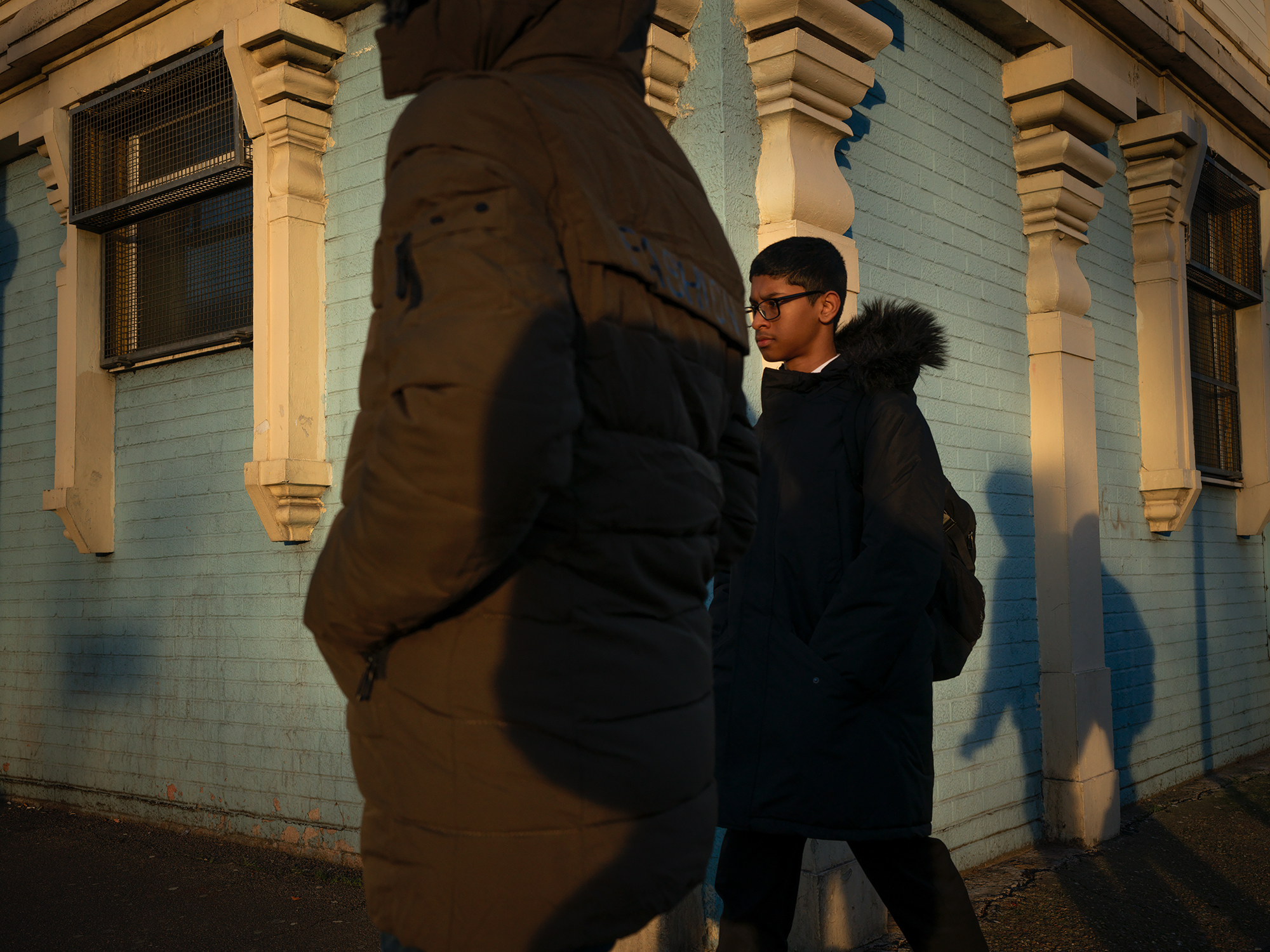
Copyright ⓒ Sean Ellis
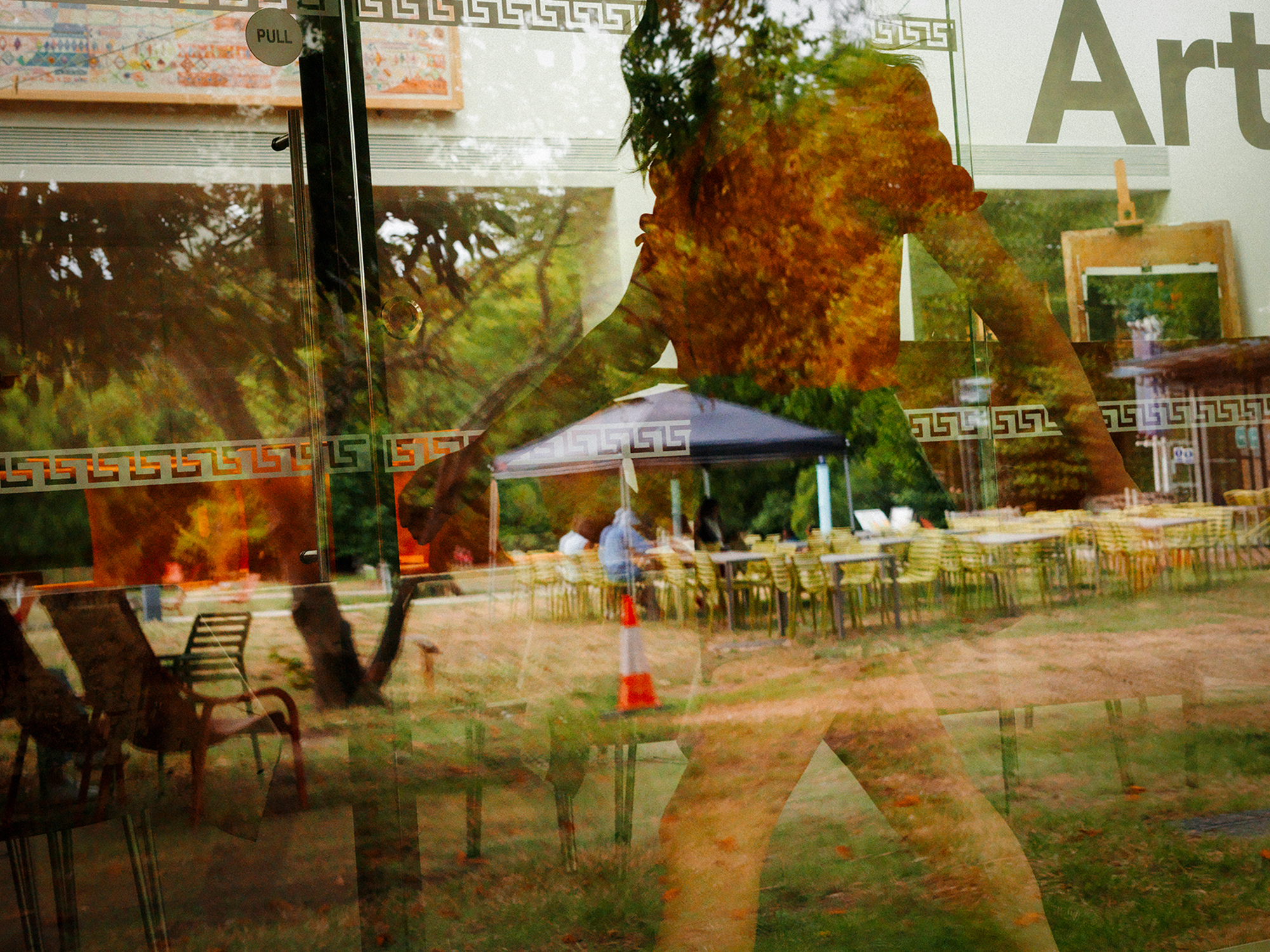
Copyright ⓒ Sean Ellis
More concrete than flesh in street photography
Once or twice a month, Ellis lends himself to street photography, mostly to places he finds new and interesting, or locations that are less popular with street photographers. While he prefers to be on his own and tends to get better photos that way, lately, he doesn’t mind the companionship of a friend or two.
While his inclination to still life has made him averse to confrontation — “more concrete than flesh” as he interestingly describes it — he still prefers to have some human element in his frames. “All photography appeals to me but when it comes to the style of street/documentary photography I like best, it’s when there is a human moment combined with a visual aesthetic. And layering, dare I mention it! Constantine Manos and Alex Webb come to mind.”
He adds, “I don’t think any one thing predominantly draws my attention to seeing an image. Perhaps because I don’t concentrate on one thing, let’s say people, my eye will wander, and I’ll notice light, objects, composition, shape, colour. More recently, because of what I’m being influenced by now, I am looking out for people moments. People pictures are best.”
Still, the candidness of human-centric street photography proves to be the biggest challenge for Ellis. “I’m a non-confrontational street photographer so my images are mostly taken from a distance. I enjoy engaging with the actors I am paid to photograph, but I don’t have that approval or permission on the street, and I find that very difficult.” Immersing in a scene and getting close to subjects without causing trepidation can indeed be a struggle for many, and he’s no exception.
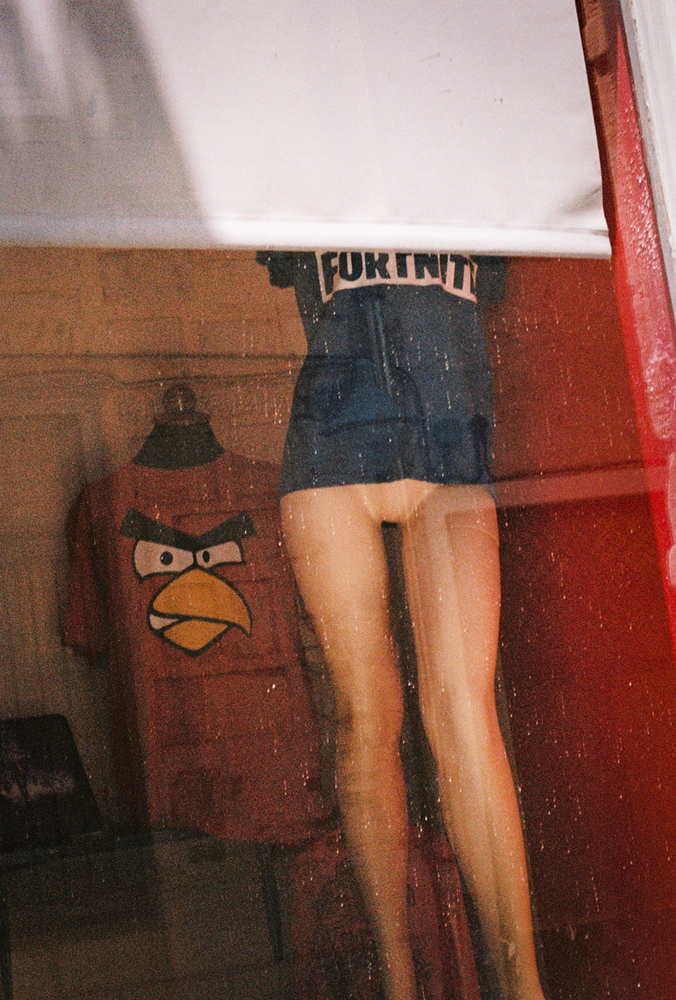
Copyright ⓒ Sean Ellis
Imagining and seeing in full colour
With the presence of abstract and ephemeral elements in his work, it’s not surprising for a viewer to wonder if colour plays a part in it. “I see in colour and I can’t imagine in black and white,” he puts simply, but also admits he enjoys seeing both in other peoples’ work. “I rarely convert my images to black and white. Oddly though, if I shoot black and white film, I don’t miss the colour when I look at the images.”
His favourite photo and the story behind it serve as a perfect example of his penchant for colour at work:
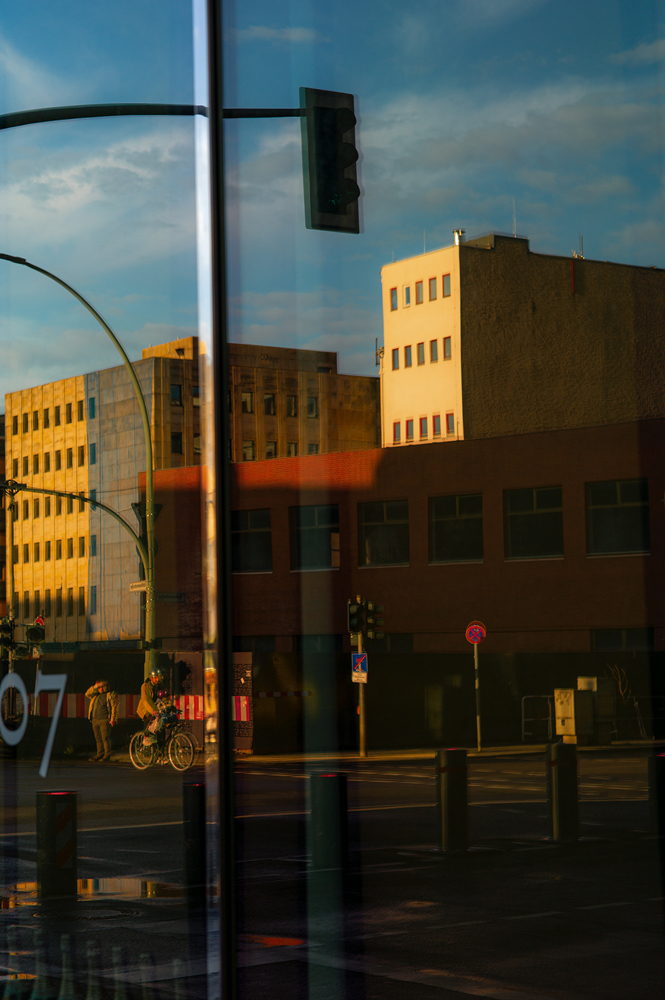
Copyright ⓒ Sean Ellis
“It was taken in Berlin when the city hosted the annual European Month of Photography. The event was a good excuse to see Berlin and see several exhibitions, William Eggleston’s dye transfers being my highlight. It was in March and it was still quite cold with rainy days interspersed with some sunshine. It had just rained and the low and warm (in tone) evening sun came out and as it does after rain, saturated all the colours.
Most evenings I’d quickly review images from the day but I didn’t see this one until I got back home and it was a nice surprise. Most people don’t see what I like about it but it has all the elements I hope to get in an image: light, colour, shapes, composition and although minimal, some human interest.
I think the first thing I saw was the man waiting to cross the street but I composed for the buildings and street lamps, traffic lights, numbers, etc. Then, I just got lucky with his hand shielding his eyes from the sun, and a father with his daughter on his bicycle handlebars riding into the frame. If I could have one more thing, it would be a colour showing clearly in the traffic light.”
Finally, Ellis acknowledges that each photographer sees scenes differently, and thus illustrates them differently. It’s our character that dictates what we shoot, our approach and the way we want to portray it. But at the end of the day, his ideal street photograph demonstrates a “frozen moment with dynamism and depth.”
“Personally, if I take a walk with a camera, I’ll shoot anything that I think will make a pleasing image… An image taken telling a story or posing a question, taken in the thick of things as if the photographer wasn’t there. That will often mean there won’t be a person or people in a shot and that might not strictly be considered ‘street.’ Nor are they really documentary. I’ve explained what I like in my own images but documentary [or] street I think has the edge.”
Visit Sean Ellis’ website and follow him on Instagram to stay updated with his photography.


Leave a comment